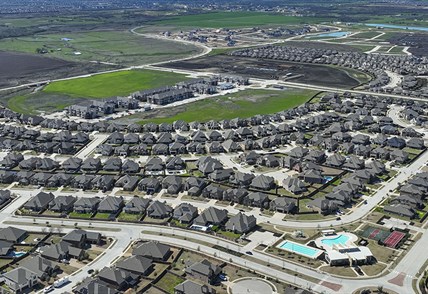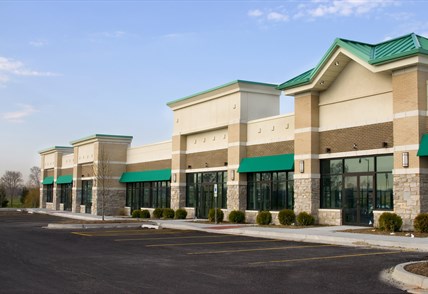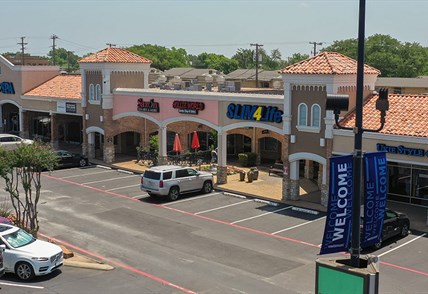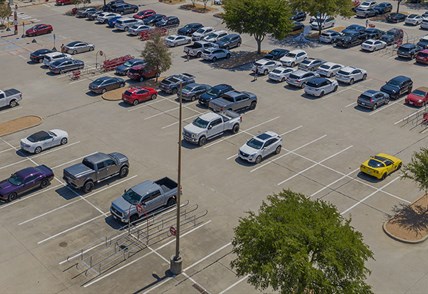The Dallas-Fort Worth retail occupancy is right at 92 percent. The last time the market posted such strong numbers, Murder She Wrote and Miami Vice topped the TV ratings.
While massive mixed-use projects like Legacy West garner well-deserved headlines, the existing retail center has proven to be one of the most stalwart performers underwriting our current retail market strength.
But if an older center has lost its anchor – its main traffic driver – the boom in existing center leasing may be passing it by. That’s why we can’t say enough good things about the positive impact of WinCo. The Boise, Idaho-based grocer entered our market a couple of years ago by redeveloping sites like a dead Target in Garland and constructing brand-new stores.
To give you an example of what we call “the WinCo Effect,” consider Orchard Village, a 1970s-era center on Main Street in Lewisville. The center’s anchor space, formerly a Walmart and later a Kroger, had been vacant for years. No anchor meant less traffic, which meant less cross-shopping, and that spelled doom for some of the center’s retailers. At one point, more than 30 percent of the center’s space was vacant.
Then the center’s leasing team brought in WinCo as a new anchor. The grocer demolished the vacant space and opened a brand-new 86,000-square-foot store in 2015. The center’s asset management renovated the center to make sure it reflected its new lease on life. The center then added six new small-shop tenants for a total of more than 15,000 square feet of new occupancy. On top of that, existing tenants are renewing when their leases expire, thanks to the increased business.
The WinCo effect can be seen throughout D-FW, and now the grocer is even joining new centers like Presidio Junction in Fort Worth.




